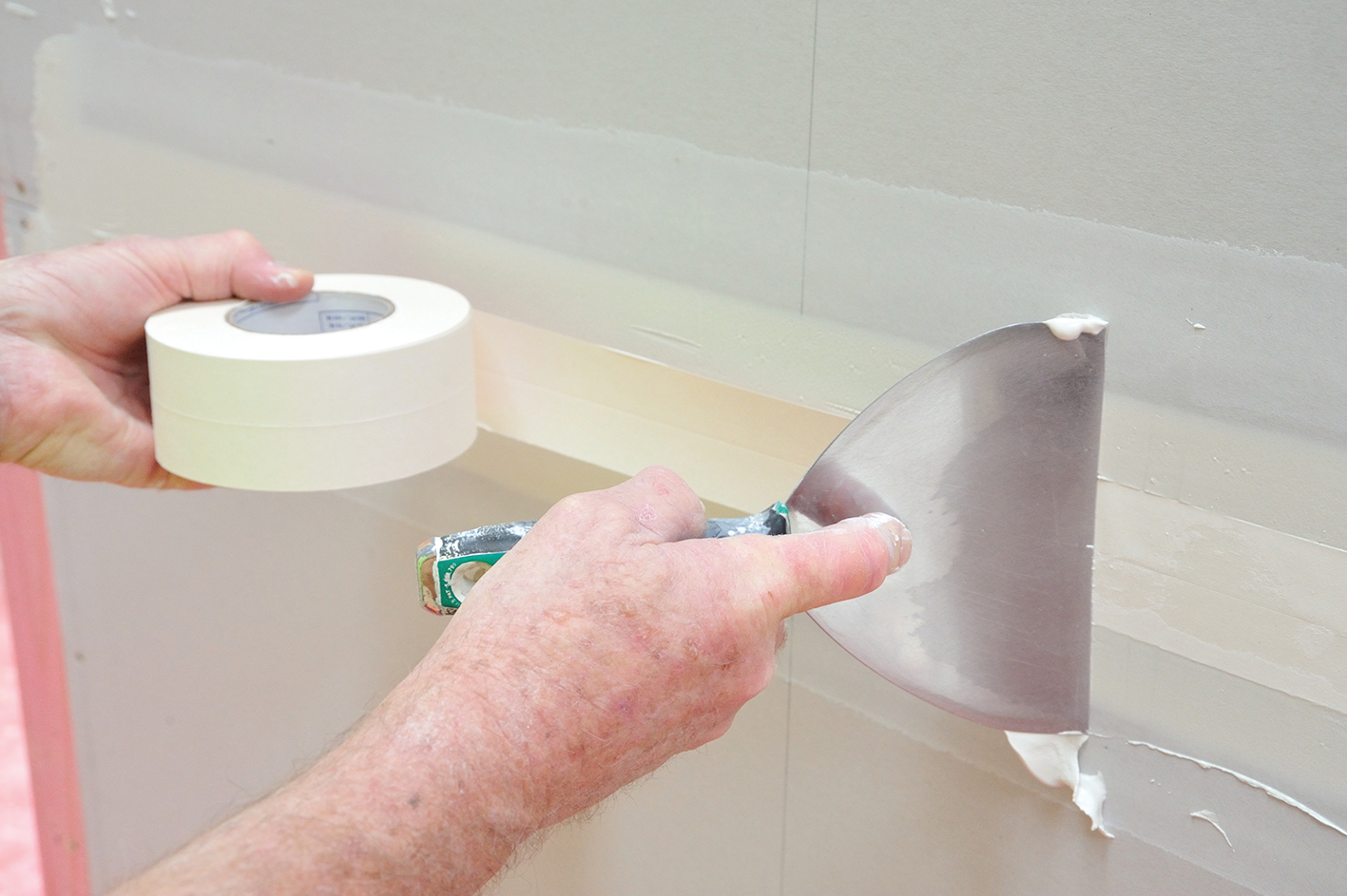The process of painting GIB (Gypsum Interior Board) is a crucial step in enhancing the aesthetic appeal of your interiors. Whether you’re renovating, redecorating, or simply giving your space a fresh look, understanding the nuances of painting GIB board is essential. In this comprehensive guide, we’ll explore various tips and tricks to ensure a flawless finish that not only beautifies your surroundings but also stands the test of time. Additionally, if you’re in Auckland and looking for expert assistance in GIB stopping, we’ll provide insights into reliable services that specialize in gib stopping in Auckland.
I. Understanding GIB Board:
Before diving into the painting process, it’s essential to have a basic understanding of GIB board. GIB board, also known as drywall or plasterboard, is a popular material used for constructing interior walls and ceilings. It consists of a gypsum core sandwiched between layers of paper, providing a smooth and even surface for painting.
II. Preparing the Surface:
A successful paint job begins with thorough surface preparation. Follow these steps to ensure a clean and smooth canvas for your paint:
a. Cleaning: Remove any dust, dirt, or grease from the GIB board surface using a damp cloth. This will ensure proper adhesion of the paint.
b. Repairing Imperfections: Inspect the surface for cracks, holes, or dents. Use a high-quality joint compound to fill in any imperfections, and sand the patched areas once the compound has dried.
c. Sanding: Lightly sand the entire surface with fine-grit sandpaper to create a smooth texture. This step is crucial for achieving a professional finish.
III. Choosing the Right Paint:
Selecting the appropriate paint is key to achieving the desired result. Consider the following factors when choosing paint for GIB board:
a. Type of Paint: Opt for a high-quality, latex-based interior paint. Latex paints are known for their durability, easy application, and quick drying time.
b. Sheen: The sheen of the paint determines the level of glossiness. For GIB board, a satin or eggshell finish is often recommended, as it strikes a balance between a smooth appearance and easy maintenance.
c. Primer: Applying a primer is essential for GIB board, especially if it’s a new installation or if you’re painting over a dark color. A primer promotes better paint adhesion and enhances the overall longevity of the paint job.
IV. Proper Painting Techniques:
Now that you’ve prepared the surface and selected the right paint, let’s delve into the actual painting process. Follow these techniques for a flawless finish:
a. Cutting In: Begin by cutting in around the edges of the GIB board with a high-quality brush. This ensures precision and helps create clean lines along corners and edges.
b. Rolling: Use a paint roller to cover larger areas efficiently. Work in small sections, applying the paint in a “W” or “M” shape to distribute it evenly. Be sure to maintain a wet edge to avoid visible seams.
c. Thin Coats: Instead of applying a thick coat of paint, opt for multiple thin coats. This approach prevents drips and ensures a smoother finish. Allow each coat to dry completely before applying the next.
V. Additional Tips and Tricks:
a. Ventilation: Adequate ventilation is crucial during the painting process. Open windows and doors to allow proper airflow and speed up the drying process.
b. Avoiding Lap Marks: To prevent lap marks, always maintain a wet edge while painting. This means overlapping each stroke with the previous one while the paint is still wet.
c. Drying Time: Be patient and allow each coat to dry completely before applying the next. Rushing the process can lead to uneven drying and compromise the final result.
VI. Post-Painting Care:
Once the paint has dried, there are additional steps you can take to ensure the longevity of your GIB board finish:
a. Sealant: Consider applying a clear sealant over the painted surface to protect it from moisture and stains. This is especially important in high-traffic areas or rooms prone to humidity.
b. Regular Maintenance: Keep your painted GIB board looking fresh by occasionally dusting it and addressing any stains promptly. Mild soap and water can be used for cleaning.
Conclusion:
Painting GIB board is a rewarding endeavor that can completely transform the look and feel of your living spaces. By understanding the nuances of surface preparation, choosing the right paint, and employing proper painting techniques, you can achieve a professional finish that enhances the beauty and durability of your interiors. Follow the tips and tricks outlined in this guide, and embark on your journey to master the art of GIB board painting.
